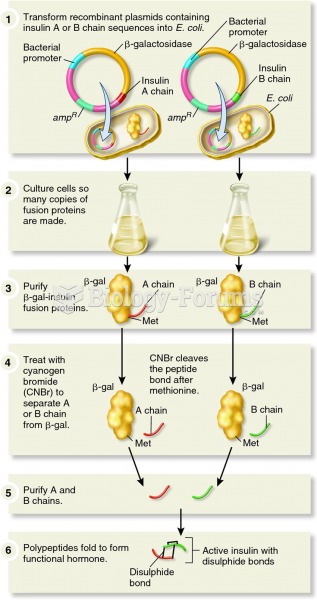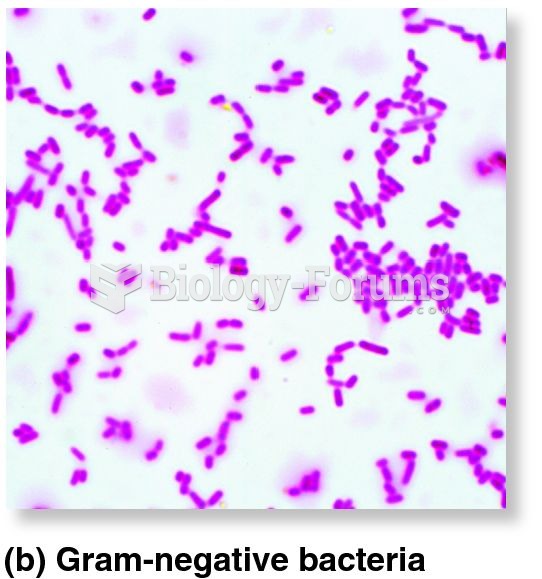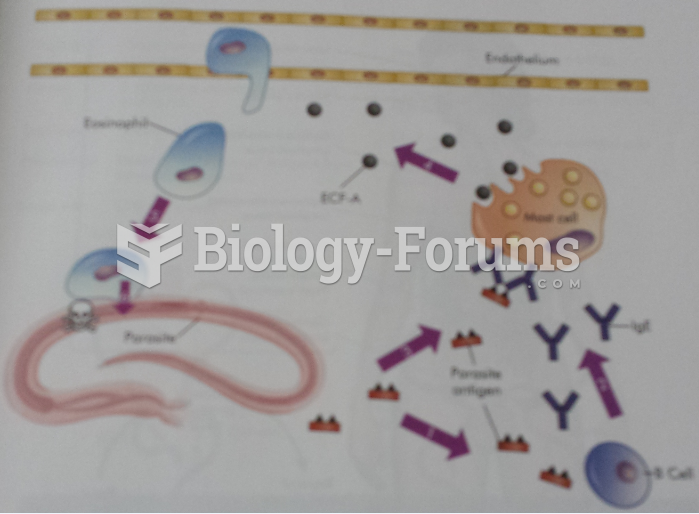Answer to Question 1
Correct Answer: 4
Rationale 1: Bacteria classified according to shape include rods, spirals, and spheres.
Rationale 2: Bacteria classified according to their ability to use oxygen are aerobic or anaerobic.
Rationale 3: Fungi and viruses are not classifications of bacteria.
Rationale 4: Bacteria are classified as gram-positive or gram-negative by their ability or inability to respond to a violet color after staining.
Global Rationale: One of the simplest methods of classifying microbes is to examine them microscopically after a crystal violet Gram stain has been applied to the microbes. Some bacteria contain a thick cell wall composed of peptidoglycan and retain the violet color after staining. These bacteria are called gram positive and include Staphylococcus, Streptococcus, and Enterococcus. Bacteria that have thinner cell walls will lose the violet stain and are called gram negative. Examples of gram-negative bacteria include Bacteroides, Escherichia, Klebsiella, Pseudomonas, and Salmonella.
Answer to Question 2
Correct Answer: 1
Rationale 1: Some pathogens are extremely infectious, while others produce no symptoms at all. Pathogenicity refers to an organism's ability to cause disease.
Rationale 2: Certain bacteria secrete hyaluronidase, which allows them to penetrate anatomic barriers more easily.
Rationale 3: Invasiveness is the term for the ability of a pathogen to grow rapidly.
Rationale 4: Pathogenicity is not related to whether bacteria are aerobic or anaerobic.
Global Rationale: Some pathogens are extremely infectious and life threatening to humans, whereas others simply cause annoying symptoms or none at all. Pathogenicity, the ability of an organism to cause disease, depends on an organism's speed of reproduction and its skill in bypassing or overcoming body defenses.







